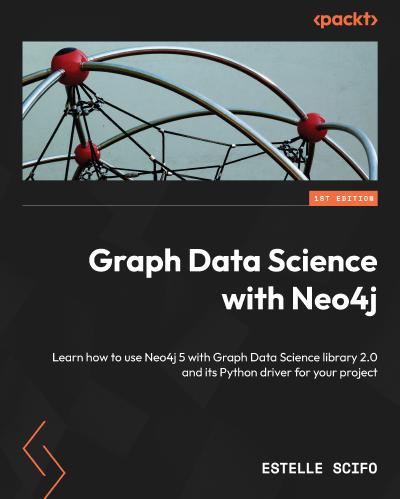English | 2023 | ISBN: 978-1804612743 | 295 Pages | PDF, EPUB | 22 MB
Unlock the power of your data with Neo4j: the leading graph database for data science and machine learning applications.
Key Features
- Learn how to deal with a graph database
- Extract meaningful information from graph data
- Use Graph Algorithms into a regular Machine Learning pipeline in Python
Neo4j and its Graph Data Science Library is a complete solution to store, query and analyze graph data. Graph databases are getting more popular among developers, which means data scientists are likely to face such databases in their future career. Moreover, graph algorithms are a trending topic which enable extracting context information and improve overall model prediction performance. Data scientists working with Python will be able to put their knowledge to work with this practical guide to Neo4j and its Graph Data Science Library. The book provides a hands-on approach to implementation and associated methodologies that will have you up-and-running. Complete with step-by-step explanations of concepts and practical examples. You will begin by querying Neo4j with Cypher and characterize graph datasets. You’ll learn how to run graph algorithms on graph data stored into Neo4j, understand the core principles of the Graph Data Science Library to make predictions and write data science pipelines. Using the newly released GDSL Python driver, you will be able to include graph algorithms into your normal ML pipeline. By the end of this book, you will be able to take advantage of the relationships in your dataset to improve your current model and make other types of prediction.
What you will learn
- Querying graph databases such as Neo4j using the Cypher query language
- Build graph datasets from your own data and public knowledge graphs
- Extract new kind of features thanks by connecting observations
- Make graph-specific predictions such as link prediction
- Build a graph data science pipeline with Neo4j
Resolve the captcha to access the links!
